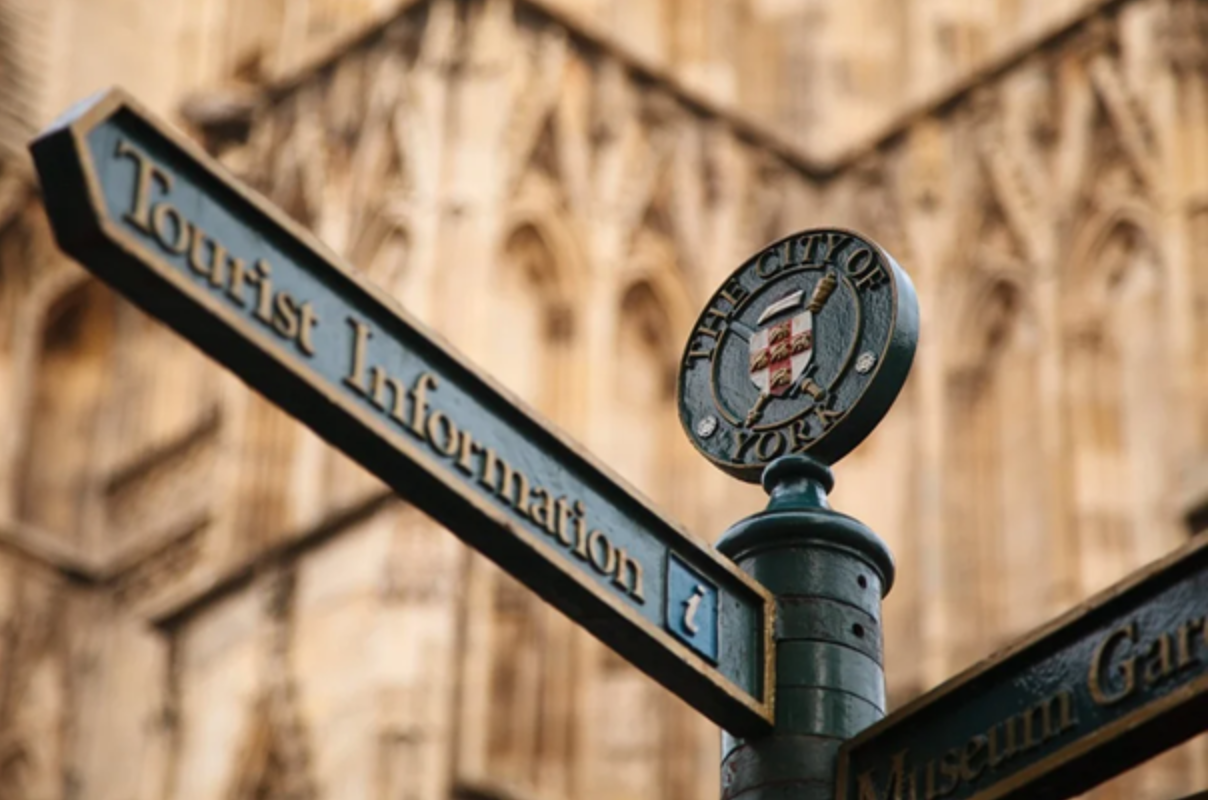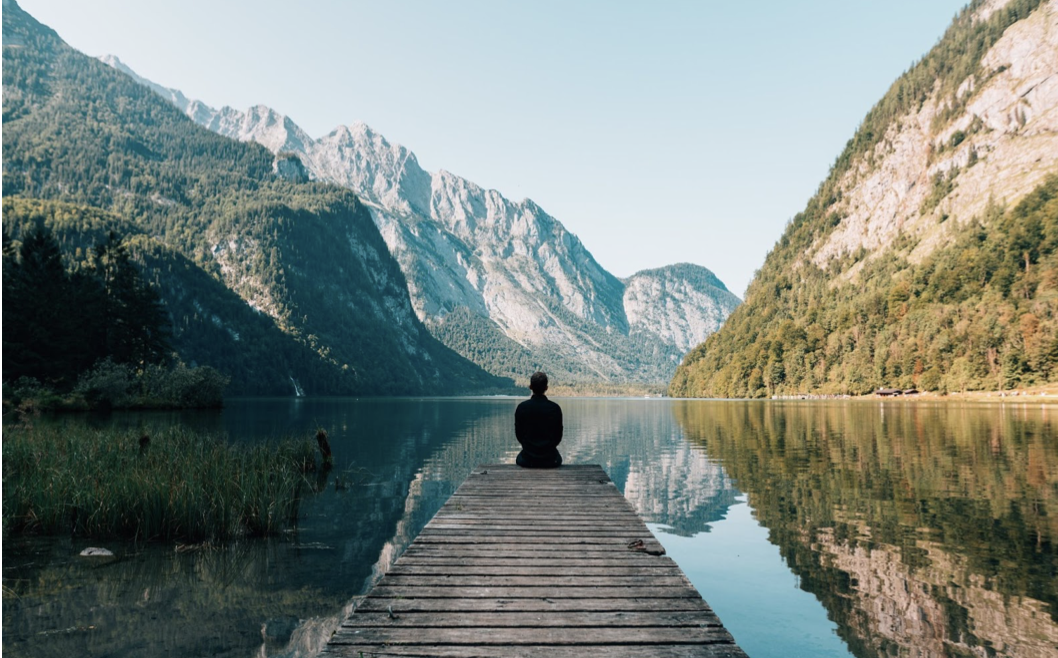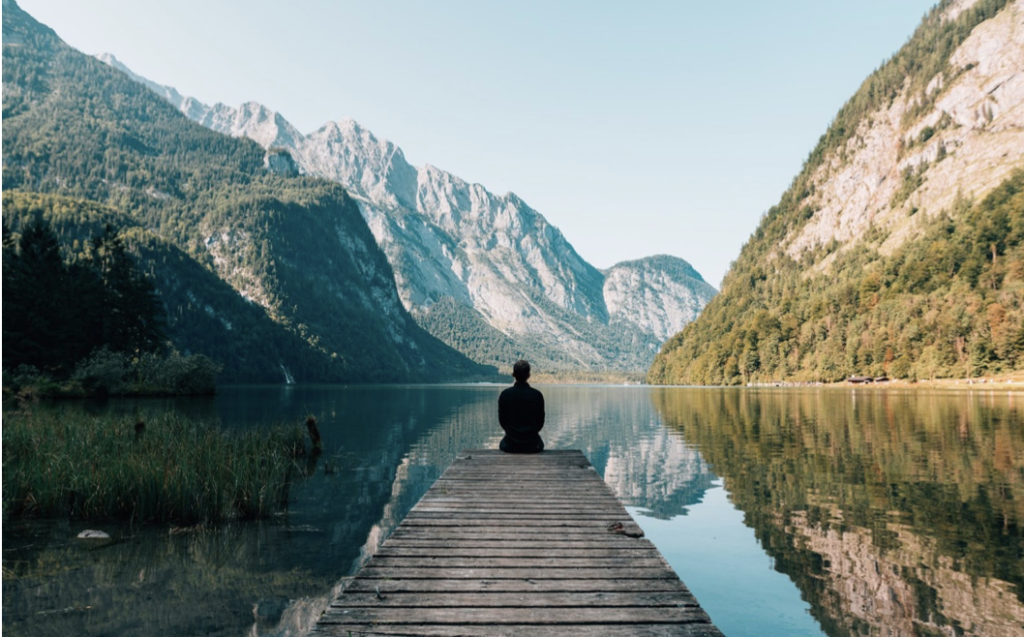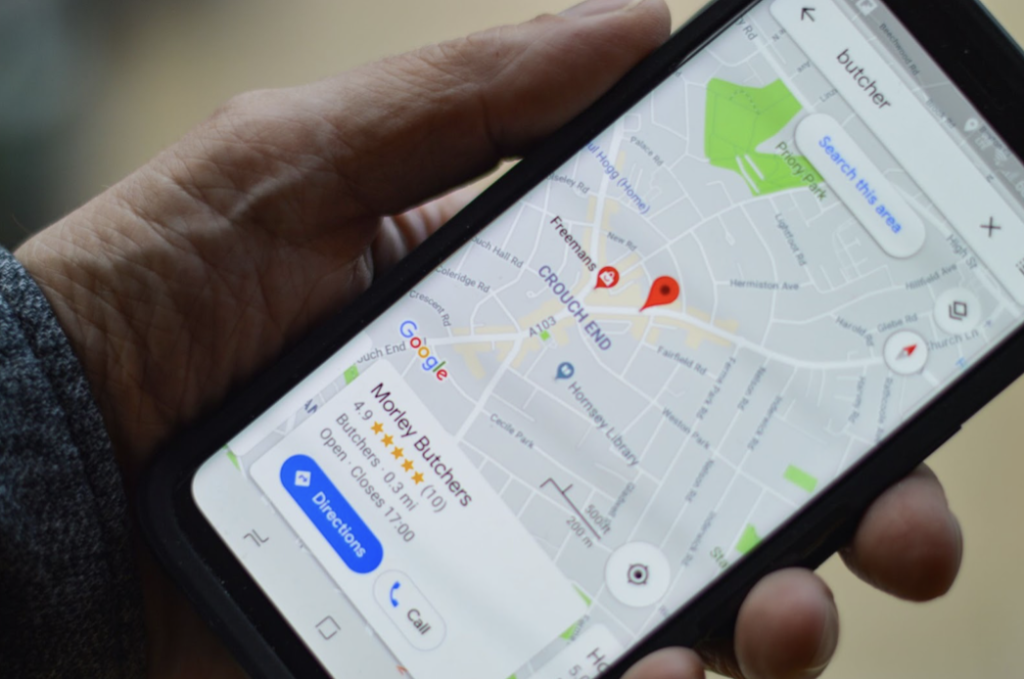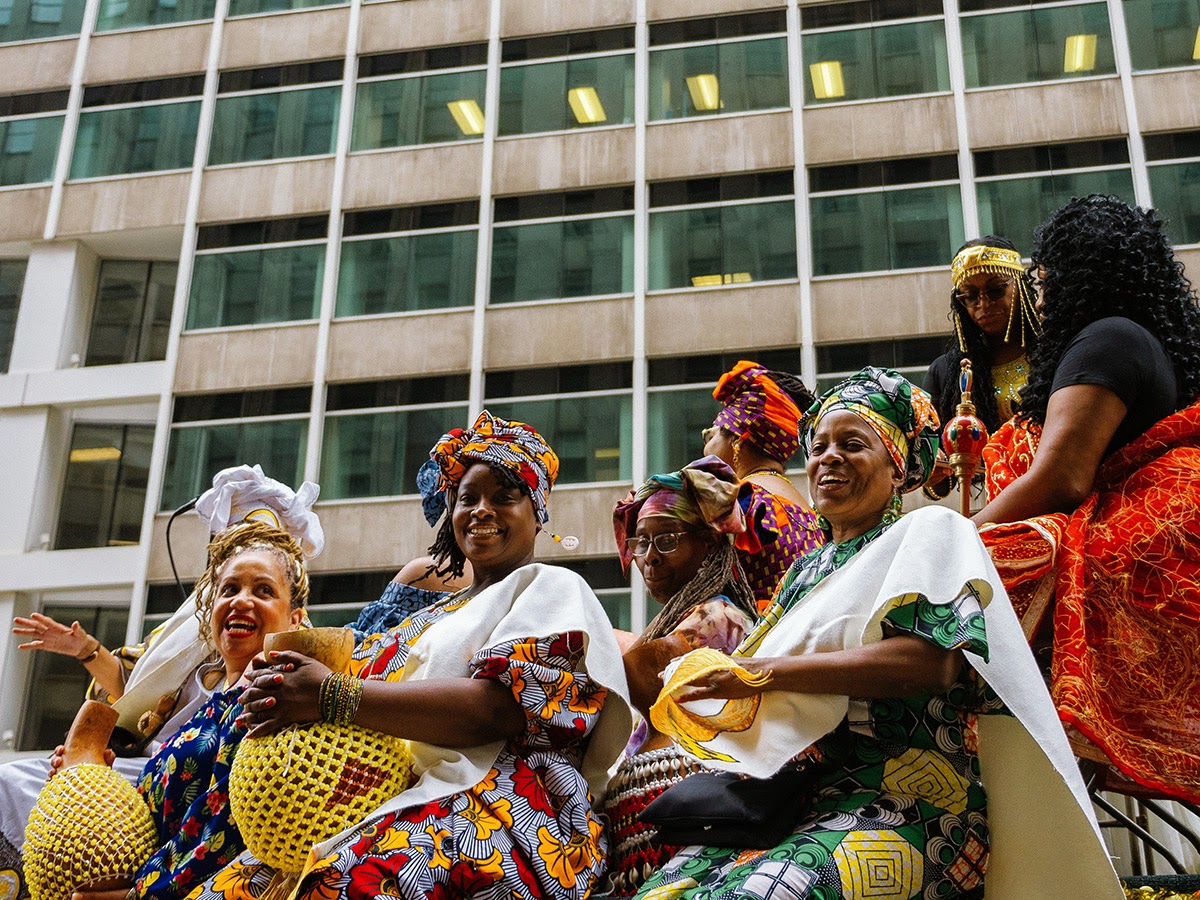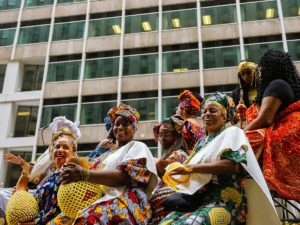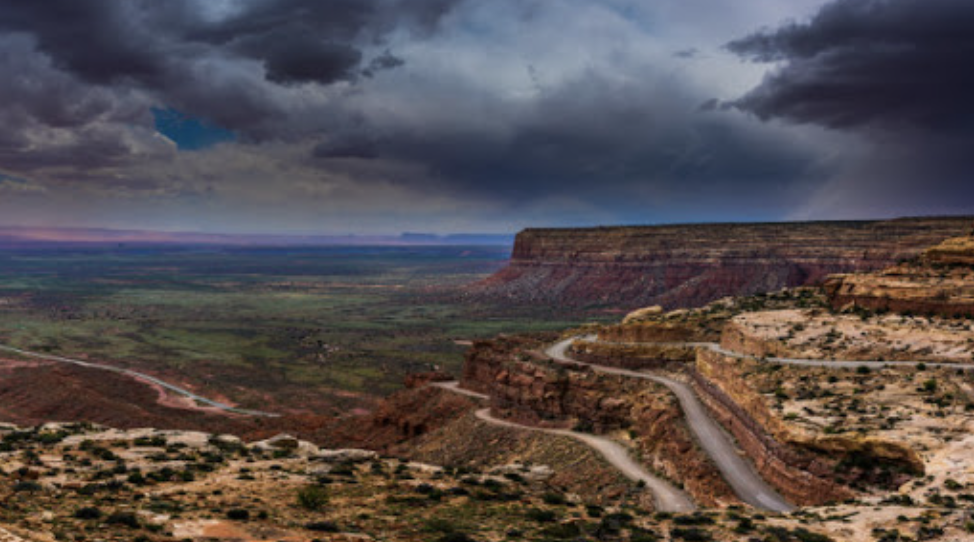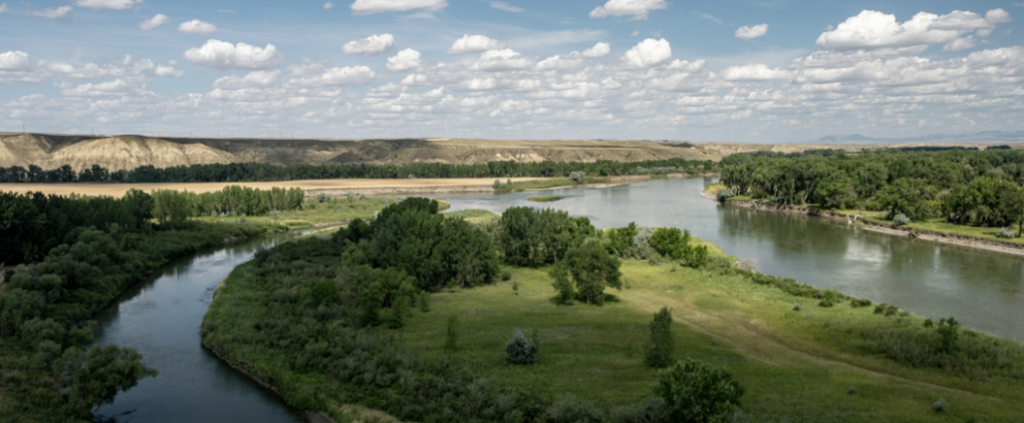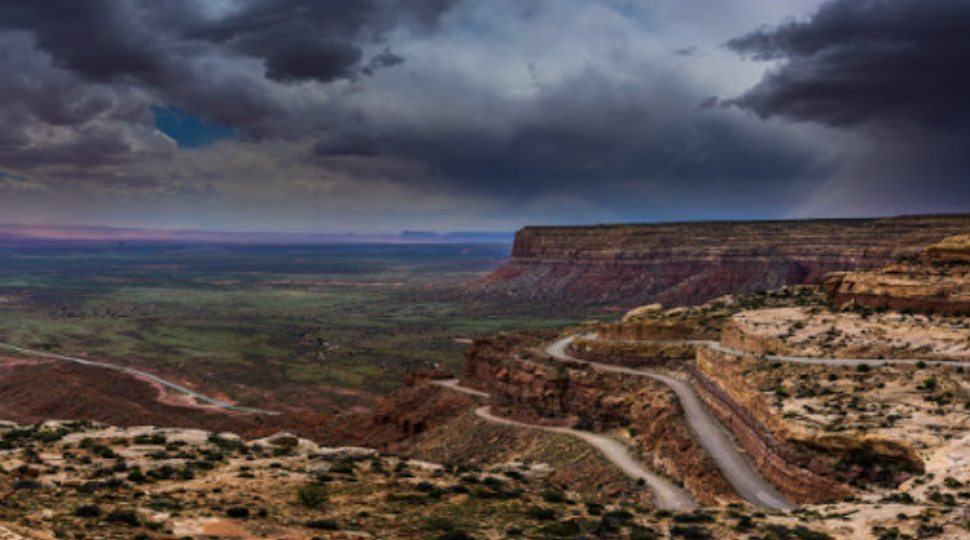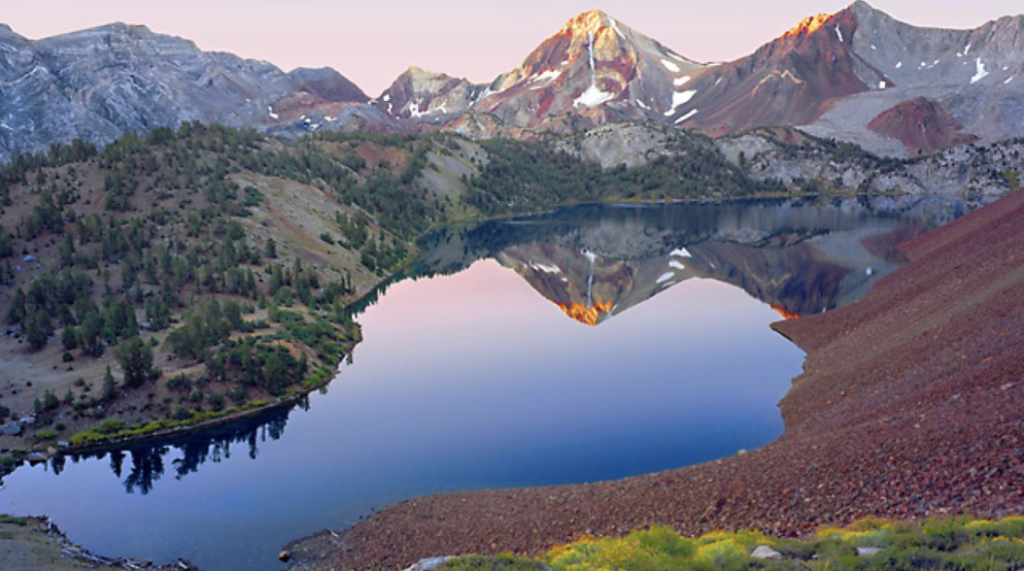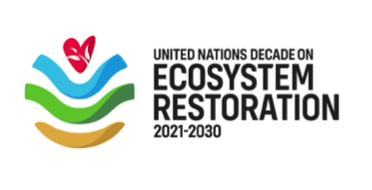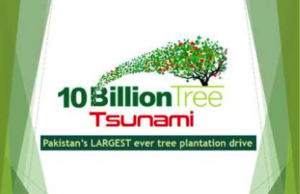Providing visitor services is an essential function of every Destination Management Organization (DMO)
Destination Management Organizations (DMO) are responsible for the management and marketing of a tourism destination to attract visitors and to offer them a good experience during their stay. One of the key functions of DMOs is the provision of visitor services, before and during the visit to the destination. But why are visitor services so important and what visitor services should a DMO provide?
Within the booking process, all services and information need to be accessible for visitors. Potential customers may choose another destination if they do not get the information that they need. Therefore, DMOs must provide that role while informing potential visitors of information regarding their trip. DMOs also play an important role in facilitating the booking process, either directly on their website, or with the help of their partners. Apart from the booking period, visitor services can enrich the traveler experience, as more information and help can lead to an improved experience. This can result in a higher interest in returning to the destination and in sharing the experience, either with family and friends or on social media. Within the destination, visitor services can also increase revenue and the time that tourists spend in the area, as a study from Philadelphia’s visitor center showed. Consequently, visitor services should not be neglected by DMOs as they have a significant impact on tourist satisfaction and revenue.
There are different types of visitor services and DMOs should strive to provide a combination of them all. First, DMOs should provide materials like print collateral and maps to help customers find their way and to garner interest and demand for specific attractions. Although a tourist searches for information online every second each day, it is still important to provide printed information as many people like being able to hold and engage with the material. Nevertheless, the DMO should ensure the provision of information and services online, and it should become clear on their website what can be done in the destination and where tourists can stay.
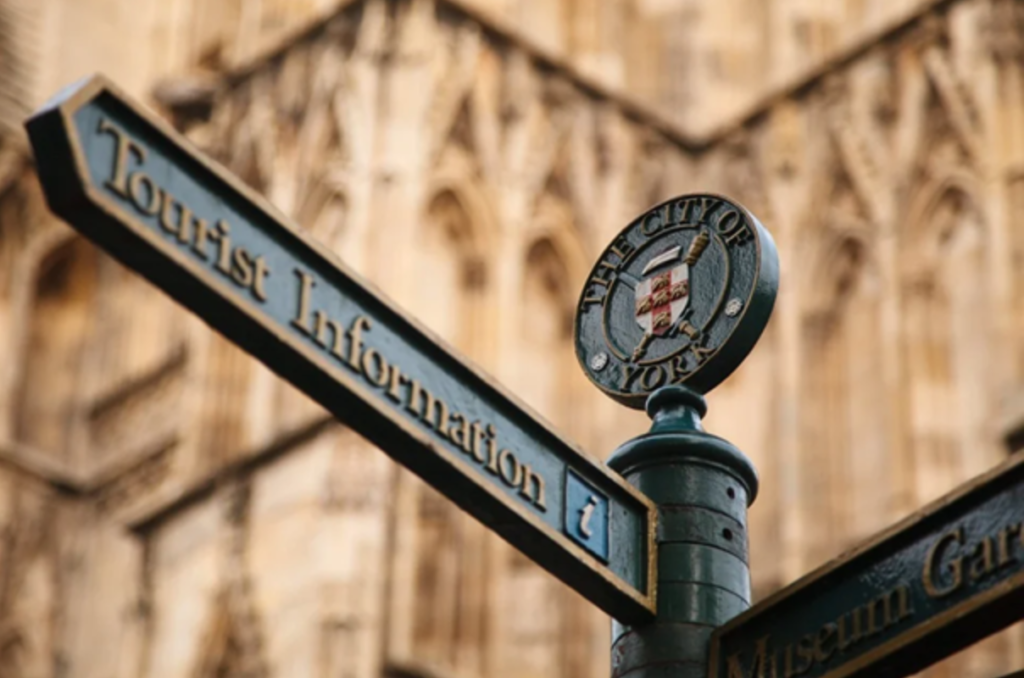
Providing accommodation with commission from hotel partners, packages, and discount passes on the website can also be beneficial for the DMO itself to gain income but also help the visitor prepare for the trip. The destinations’ website should also offer information about all activities and more specific topics like meetings and conventions so that all target groups can find the information they need. Importantly, customer service should also be provided as well so that concerns and questions can be answered and resolved. For that purpose, DMOs should offer contact possibilities via phone, mail but also social media and answer those inquiries as fast as possible. Customer service on social media platforms is gaining importance, especially for younger customers. DMOs should strive to respond timely, strengthening their brand loyalty through quality digital customer service. Alternative solutions like chatbots, that answer questions or guide customers through everything that they need to know, can also be a beneficial and innovative way to communicate with potential visitors. Regardless of what method is employed, rapid customer service needs to be provided, so that visitors can get the help that they need directly and timely.
In the destination, tourism information centers are often the first and most important contact point between DMO and visitors. There, tourists can get brochures, help and first-hand tips from staff on what to do and where to go. Furthermore, visitor centers are an important point of sale, where experiences and packages, but also souvenirs, can be purchased. Within the destination, the DMO should ensure that visitors can find their way through the area that they are visiting, which is why signs about important sights and infrastructure should be supplied. Furthermore, public services like parking, toilets, and Wi-Fi should be provided as this allows for a painless, convenient stay. Finally, the DMO should also deal with complaints and conduct meditation if, for example, experiences or tours are not as expected. Providing this to visitors is beneficial and important to decrease potential frustration.
DMOs should also identify gaps in their services and experiences, led by the question of if marketing is actually reflective of the destination’s marketing. All advertised promises should be fulfilled, otherwise, frustration and disappointment can occur on the visitors’ side. As such, a DMO must critically review their offerings. For example, if they promote themselves as an outdoor destination, they must make sure that trails for hiking or biking paths are accessible. If gaps in deliverance are identified, the DMO must work on developing the infrastructure to sync the expectation with the reality. Also, creating new experiences and packages attracts more visitors with broader interests. The DMO can then work together with partners to deliver and promote the new packages and experiences. The DMO should then help and support their partners with booking, marketing, monitoring, and adjust the experience as needed. An interesting example of a newly developed DMO visitor experience can be found in the city of Fort Worth in Texas, a historical place and connected to cowboys. However this reputation of a cowboy town did not actually reflect any Fort Worth experiences at the time. To live up to their international reputation, the DMO was thus inspired to create a new, engaging experience and hire a herd of Texas longhorn cattle to walk through the main street each day, attracting visitors from all over the world. This is an example of a DMO action that was highly responsive to visitor expectations and their global positioning.
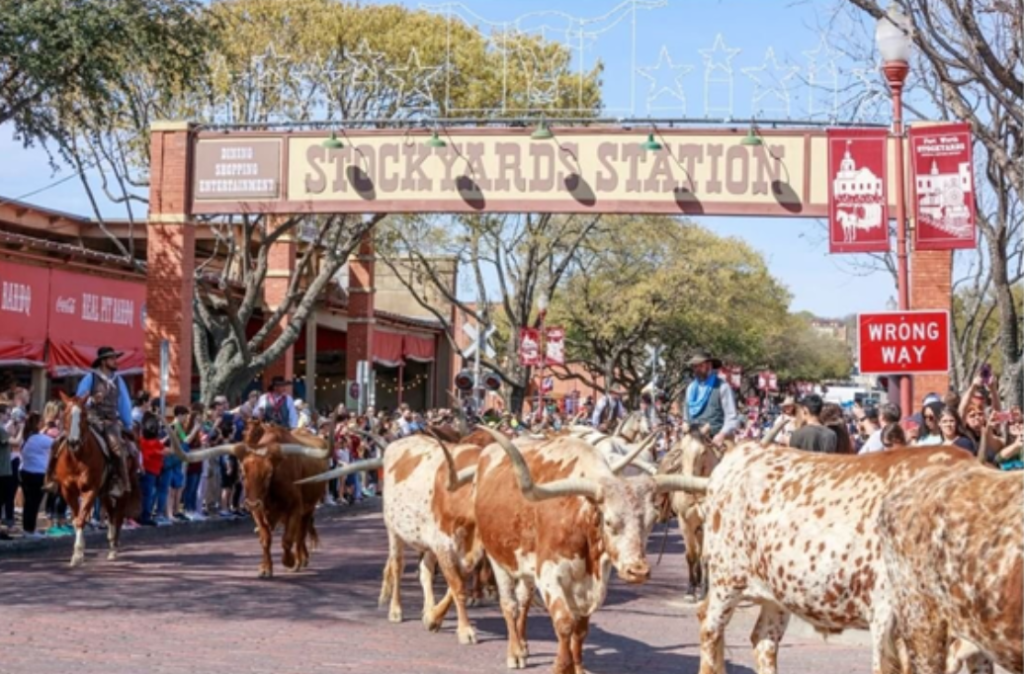
Picture source: https://www.fortworth.com/blog/post/19-facts-you-didnt-know-about-the-fort-worth-herd/
Visitor services are essential to provide a good tourist experience and DMOs need to ensure that all types of services are available in their destination. Interested in learning more about visitor services in detail? Solimar’s online program in DMO Development emphasizes this topic through a learning course and offers valuable tips on how visitor services should be coordinated to fulfill tourist expectations. Through providing the required information and booking opportunities, answering questions before and during the stay and offering the needed infrastructure and services to developing new experiences, all visitor services need to be considered and can highly influence visitor satisfaction, experience, and expenses, which all benefit the destination.
